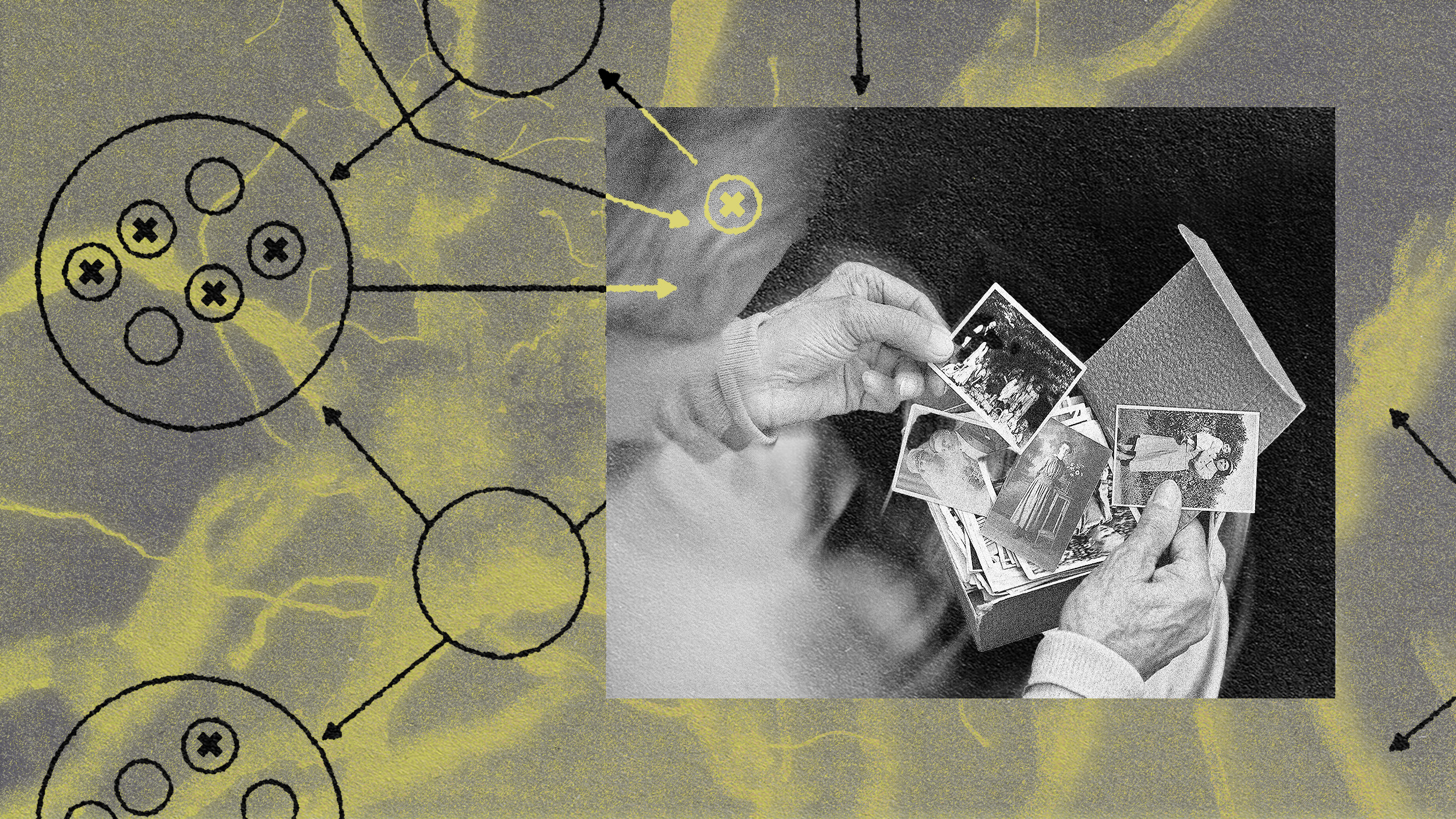Aerobic exercise is surprisingly good at slowing, preventing Alzheimer’s

- Research has already made clear that regular exercise is one of the top tools to prevent Alzheimer’s in the first place.
- But historically, scientists have been less certain that exercise can meaningfully stall Alzheimer’s once it takes hold. Randomized controlled trials are now suggesting that it can.
- By 2050, close to 100 million people could suffer from Alzheimer’s disease. For treatment and especially prevention, exercise is indispensable.
In a year-long study carried out between June 2016 and October 2021, 296 previously sedentary older adults with mild cognitive impairment, a disorder that often precedes Alzheimer’s disease, were assigned to undergo one of two treatments for 12 months. Their disease progression was compared to a matched group of subjects undergoing usual care. Over the trial, participants receiving the treatments experienced no change in their cognitive function, while the matched group continued to decline.
Maria Carrillo, PhD, chief science officer of the Alzheimer’s Association, called the results “remarkable and encouraging.” So what were these “remarkable” treatments? One was aerobic exercise and the other was stretching. Each was administered four times per week for 45 minutes per session, including warm-up and cool-down.
Over the past year, Eisai and Biogen’s Leqembi and Eli Lilly’s just-approved Kisluna have received heaps of attention as the first disease-modifying drugs to slow the progression of early-stage Alzheimer’s disease. But considering their onerous treatment regimens, hefty costs (approaching or exceeding $100,000 per year), and scarcely noticeable benefits, many health professionals are skeptical that these drugs will be worth it for patients. Is it possible that exercise could be a far less costly but equally effective remedy?
Research has already made clear that regular exercise is one of the top tools to prevent Alzheimer’s in the first place. A meta-analysis of 16 studies analyzing 160,000 subjects showed that physically active people are 45% less likely to develop the debilitating disease. But historically, scientists have been less certain that exercise can meaningfully stall Alzheimer’s once it takes hold.
Slowing Alzheimer’s
The Phase III EXERT trial referenced at the beginning provided one of the strongest recent examples that it can stall the disease. The participants’ cognitive decline effectively stalled during the year-long trial, despite the average subject being in their seventies. Another shorter trial featuring fewer participants with actual Alzheimer’s disease had similar findings. Both of these results are more glowing than what was found in the pivotal Leqembi or Kisluna trials: In these, subjects’ disease simply progressed more slowly relative to controls. It must be noted, however, that patients in these trials were slightly further along in their disorders at the experiments’ outset. So it’s possible that exercise would make less of a dent in more advanced Alzheimer’s.
Still, the tandem findings — coupled with the fact that physical activity is salubrious at any age — indicate that exercise is a must for any Alzheimer’s patient capable of doing so.
Studies suggest that aerobic exercise, which elevates heart rate, tends to be most effective at boosting cognition. Resistance training, while still beneficial, is less so. A 2022 systematic review found that three to four bouts of aerobic exercise per week lasting roughly 45 minutes each seems to produce the best results.
Alzheimer’s and exercise
Various mechanisms could explain exercise’s apparent ability to slow Alzheimer’s disease. One is increasing blood flow to the brain. Aerobic exercise in particular stimulates hemoglobin proteins in red blood cells to release nitric oxide. In turn, this compound causes small blood vessels to dilate, thus accepting more blood and oxygen. Another mechanism is reducing markers of inflammation in the central nervous system. A third is boosting brain size. Numerous trials have shown exercise to enlarge the anterior cingulate cortex and the hippocampus in older adults. (The hippocampus in particular shrinks with Alzheimer’s.) These changes were accompanied by improvements in reaction time, motor function, spatial memory, and cognitive processing speed. Fourth, exercise greatly boosts the production of BDNF, one of a group of compounds called neurotrophins. Collectively, they regulate various functions that help the brain grow and work smoothly. BDNF is one of the most important. In Alzheimer’s patients, it’s often depleted.
By 2050, close to 100 million people could suffer from Alzheimer’s disease as the world’s elderly population over 65 balloons to nearly 1.5 billion. Considering the social, human, and economic costs of this devastating disease, cost-effective solutions must be deployed. For treatment and especially prevention, exercise is indispensable.





